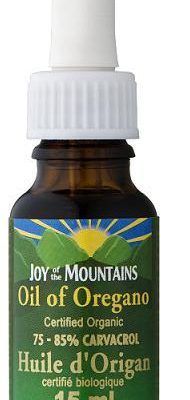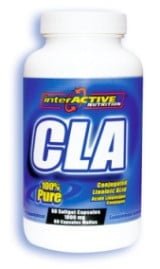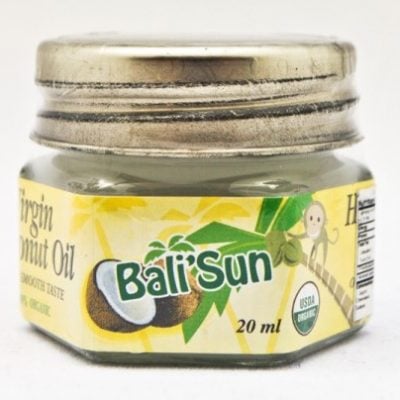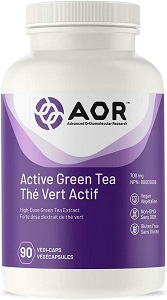Product Description
Zero Calorie, No Carbohydrate Pasta Special storage of Miracle Rice:
Miracle Rice product does not require refrigeration. Please refrigerate the noodles if you wish to prolong shelf life (but do not put in the freezer) upon receipt. Shelf life: 6-10 Months refrigerated, 4 Months in pantry.
At last…a rice substitute for low-carbers. Use Miracle Rice as a Pastini, Rice, or Orzo substitute in any recipe that calls for those ingredients. Miracle Rice has the same bouncy texture of Miracle Noodles.
Forms of Konjac Food
Konjac foods can be made into many different forms. The most common types found on the market today are the Japanese style Konnyaku (Japanese Yam Cake) and Shirataki Noodles. They are either white in color, or in brown/green color if seaweed color is added, almost transparent and gelatinous, and sold in liquid-filled plastic bags. They consist primarily of a glucomannan polysaccharide, water and calcium hydroxide.
Konjac food products have a neutral taste and it absorbs the taste of the sauce or other ingredients you cook with them very easily. They can be prepared in soup or fried with meat and vegetables.
Ingredients:
Purified water, Konnyaku (glucommanan soluble fiber), calcium hydroxide.
Pre-Preparation Directions for Miracle Rice
Miracle Rice is instantly ready. Just drain the pack and rinse in a strainer or collander for a couple of minutes. Lightly boil for 1 min. It can be added to cooking dishes to absorb the flavour all the while retaining its consistency.
Allergy Information: Manufactured in a facility that also processes soy products.
Nutrition Facts
Serving Size 85g
Servings Per Container 2.3
Calories 0
Fat 0g
Cholesterol 0mg
Sodium 0mg
Carbohydrates 0.5g
Protein 0g
What are their benefits?
Konjac Foods are made with soluble fiber (glucomannan) and water. Soluble fiber is the only known food component that will lower blood cholesterol when you add more to your diet. Foods high in soluble fiber help prevent sugar from rising too high after meals by keeping food in the stomach longer. Sugar is absorbed more slowly, preventing free fatty acids and triglycerides from rising too high after meals. Free fatty acids bind to insulin receptors and prevent insulin from doing its job of driving sugar from the bloodstream into cells. In addition soluble fiber does the following:
binds to fat in the intestines, preventing some fat absorption
dissolves fluids in the large intestine and forms a gel that binds with bile acids in the intestines. As a result, the liver converts more cholesterol to bile acids, and blood cholesterol levels are reduced
slows digestion and the absorption of nutrients, resulting in a slow and steady release of glucose from accompanying carbohydrates
soaks up excess bile acids found in the intestinal tract – the same acids that are converted into blood cholesterol
delays stomach emptying, triggering satiety (a felling of fullness) that can be helpful in people with type 2 diabetes trying to achieve weight loss goals.
In addition, there are many medical researches performed on the positive results achieved by using glucomannan to treat patients with following symptoms (source: http://www.gluycomannan.com):
Diabetes
Obesity
Constipation
Diverticular Disease of the colon
Although soluble fiber is found in other natural food sources such as oats, oatmeal, oat bran, beans, legumes, barley, citrus fruits, and psyllium, generally most have only a small percentage of soluble fiber. Oat bran contains the highest level of soluble fiber, about 14%. All other grains contains much less. In comparison, fresh Konjac contains an average of 13% dry matter, of which 64% is glucomannan, making glucomannan the richest soluble fiber resource in nature.






What others are saying
There are no contributions yet.